Blind Spots: Stories from a Leper Colony
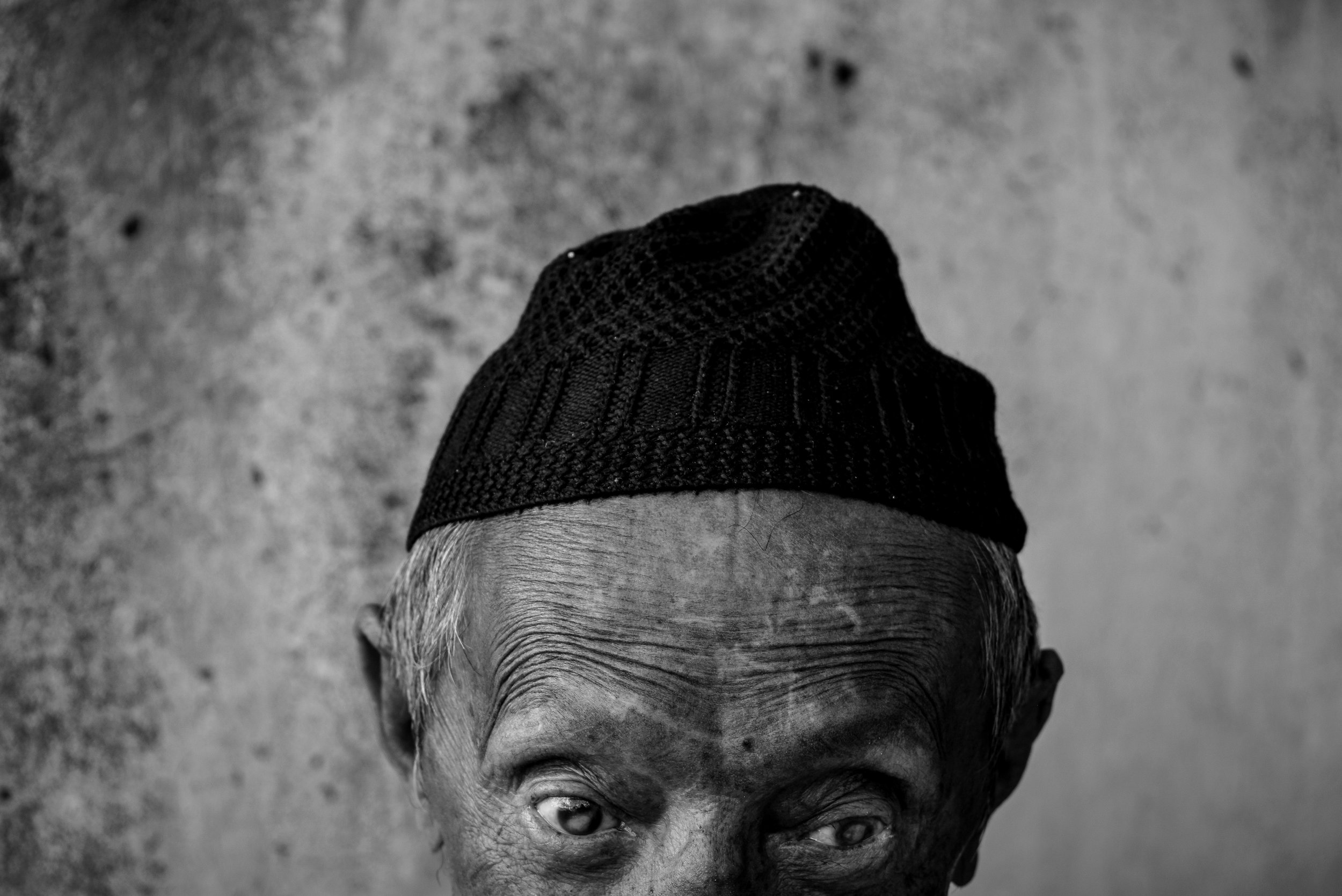
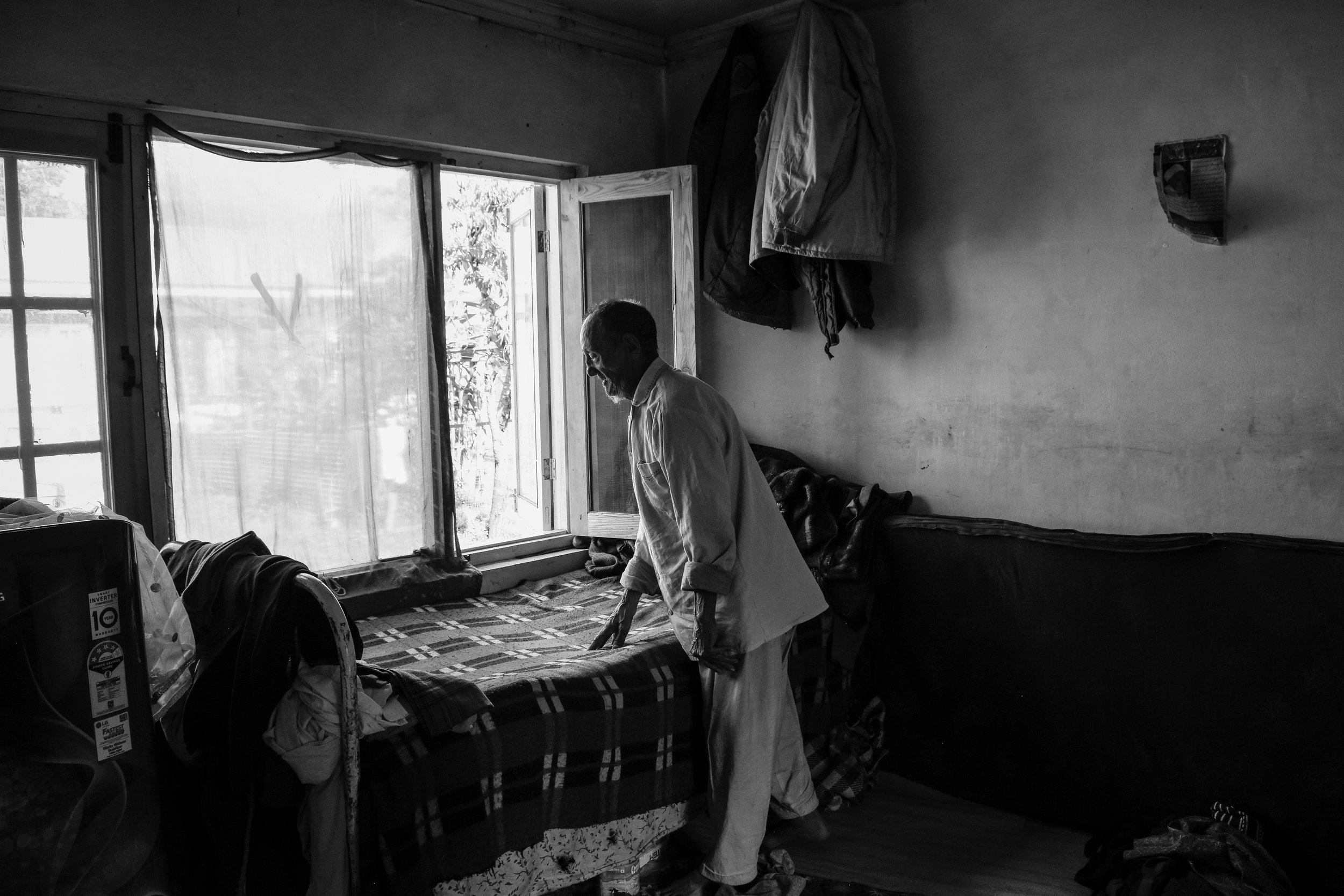
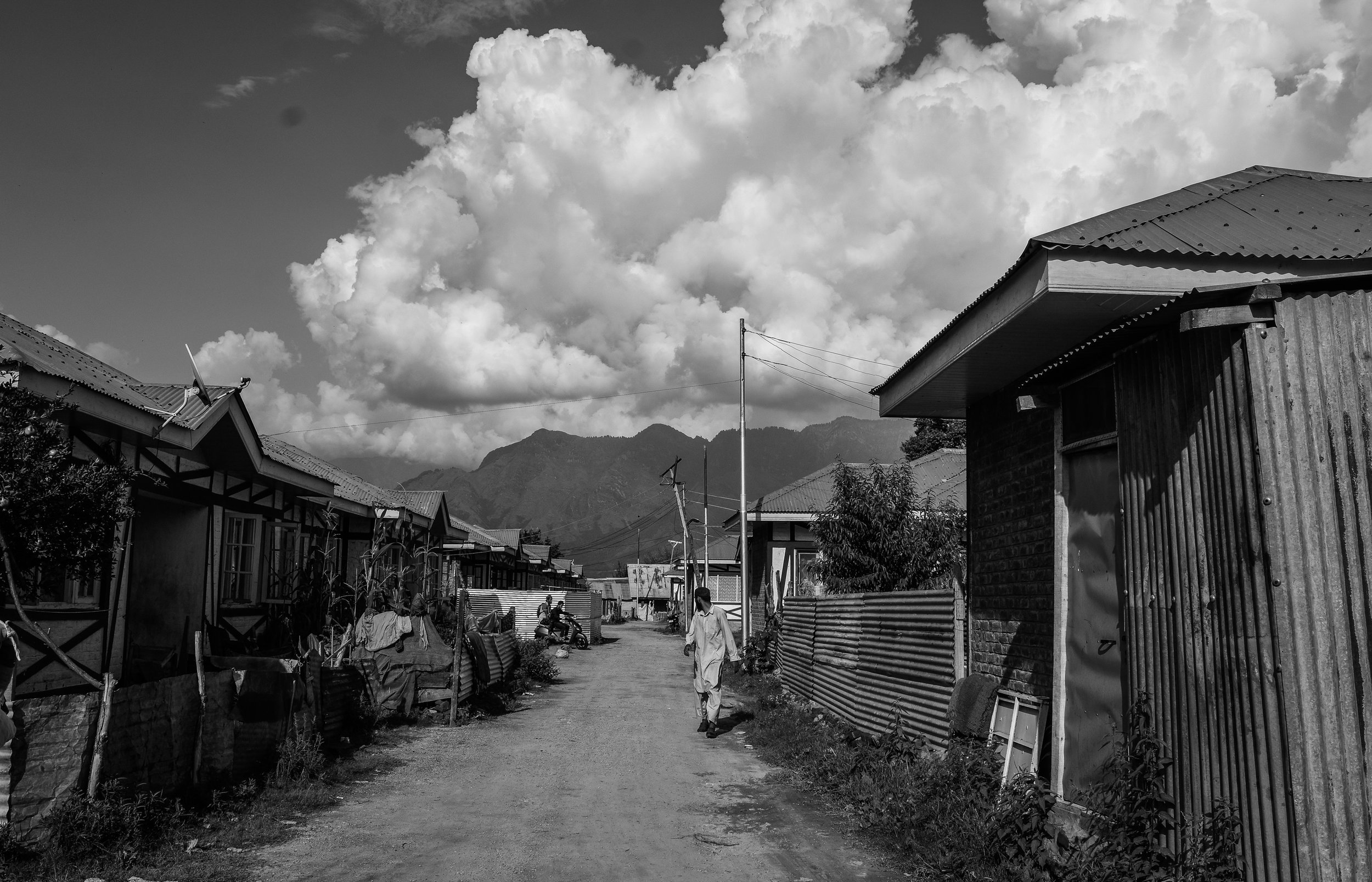
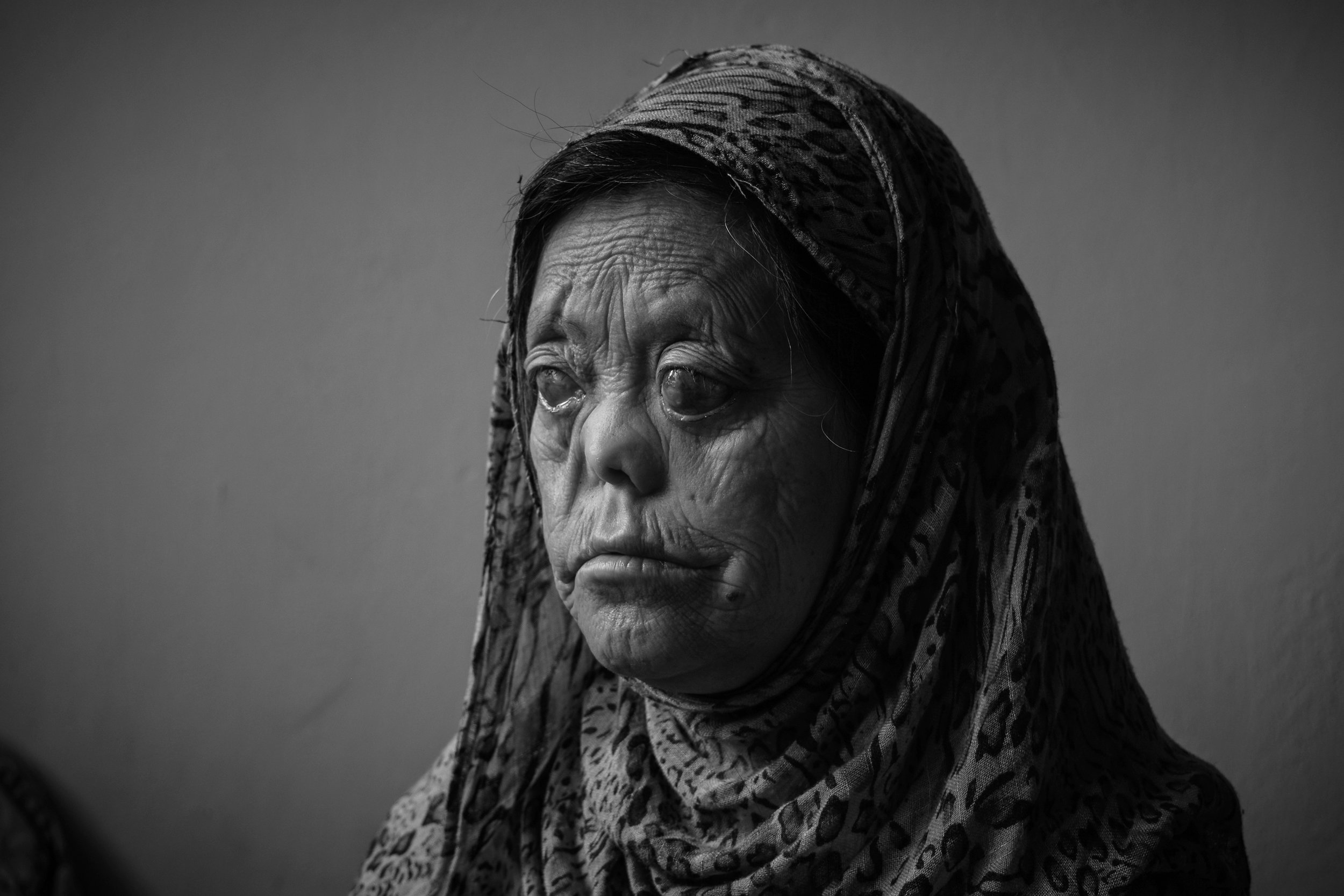
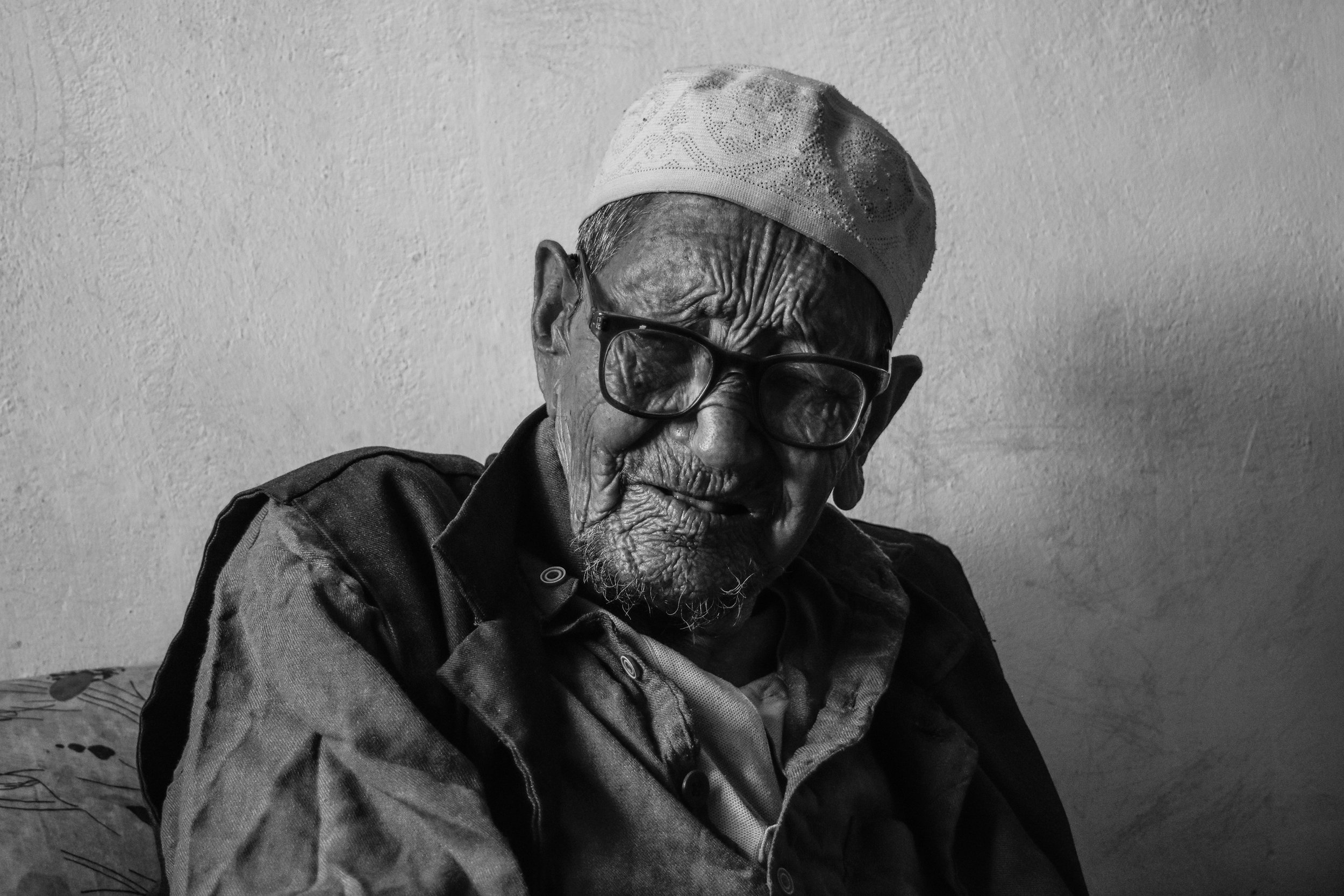
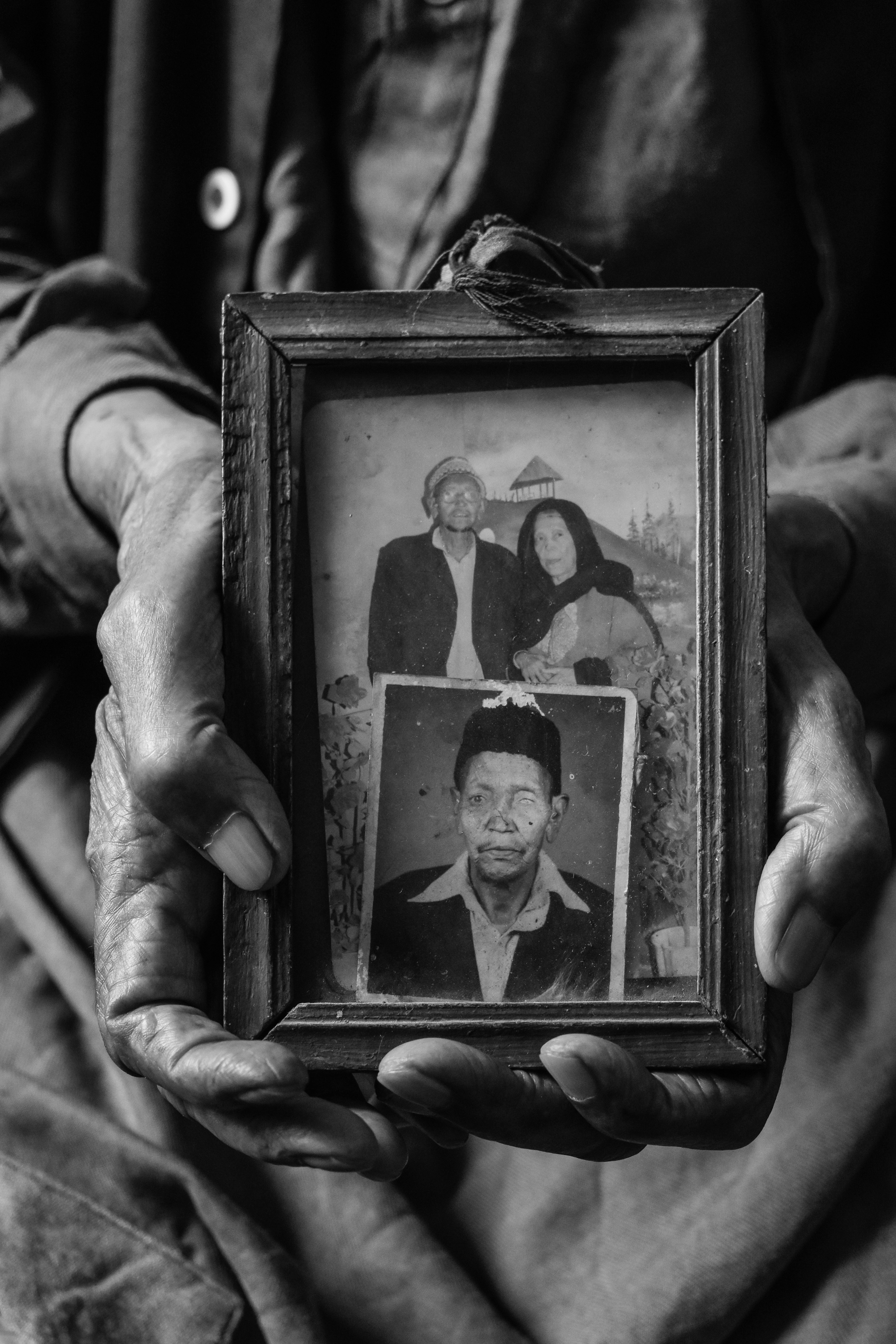
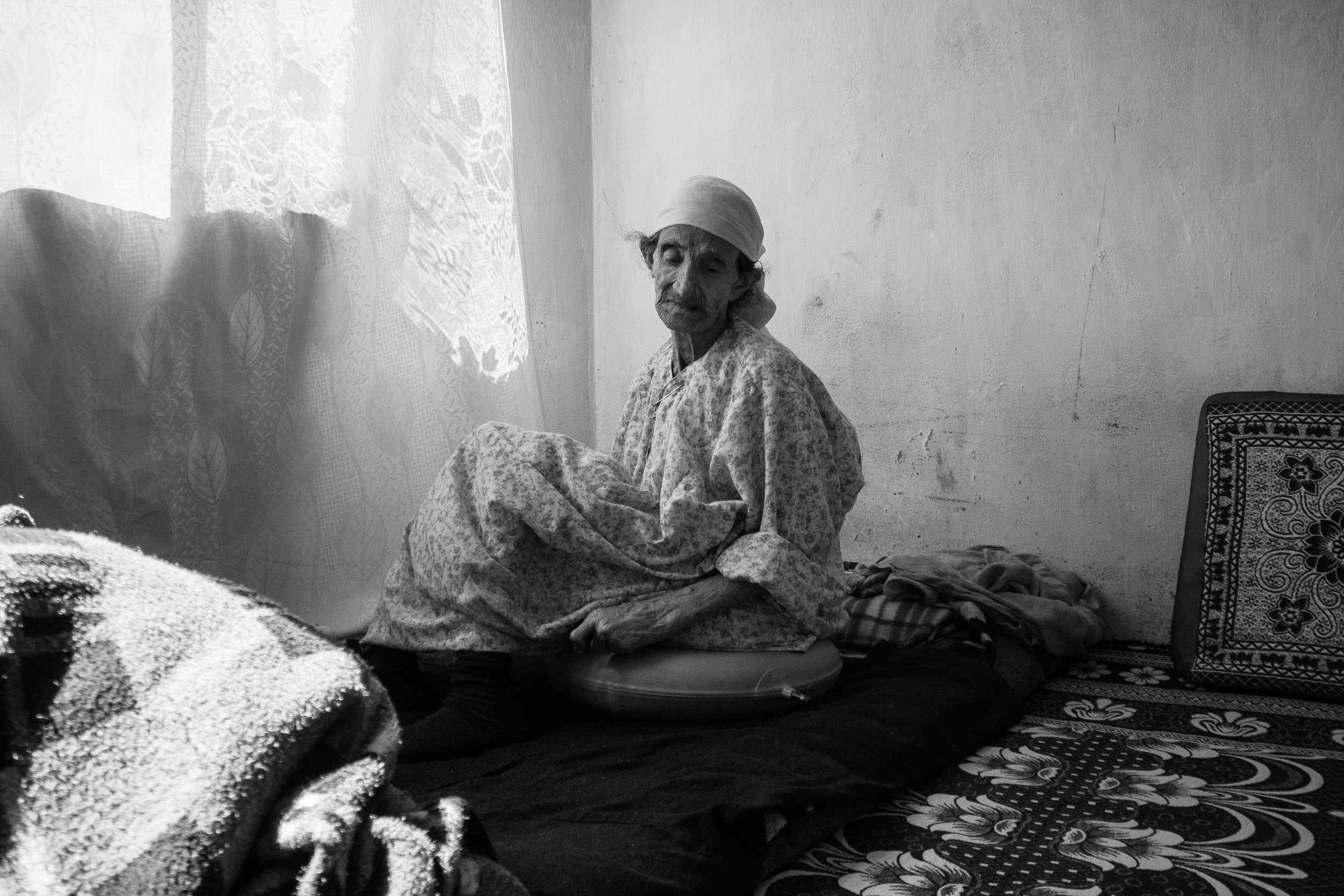
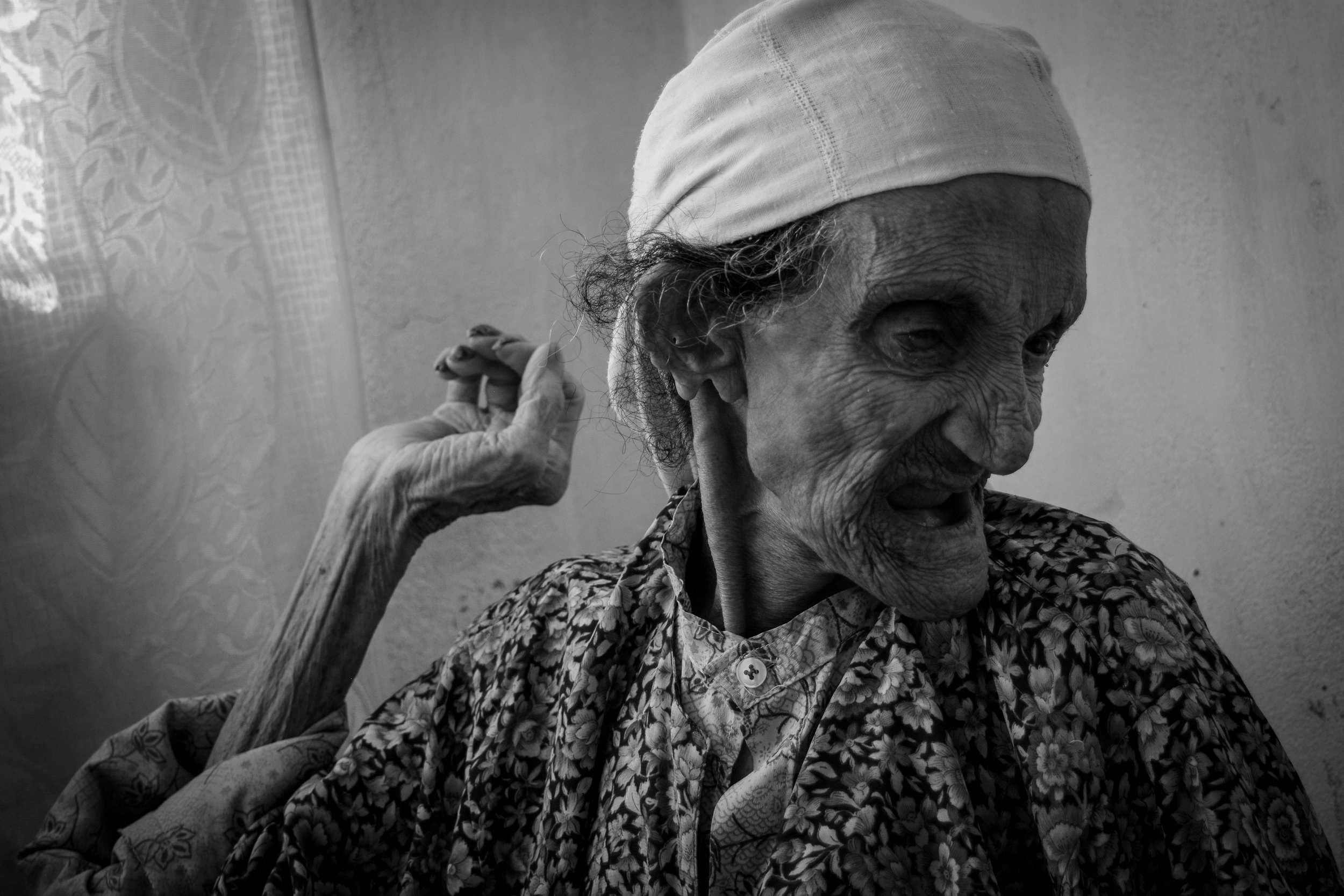
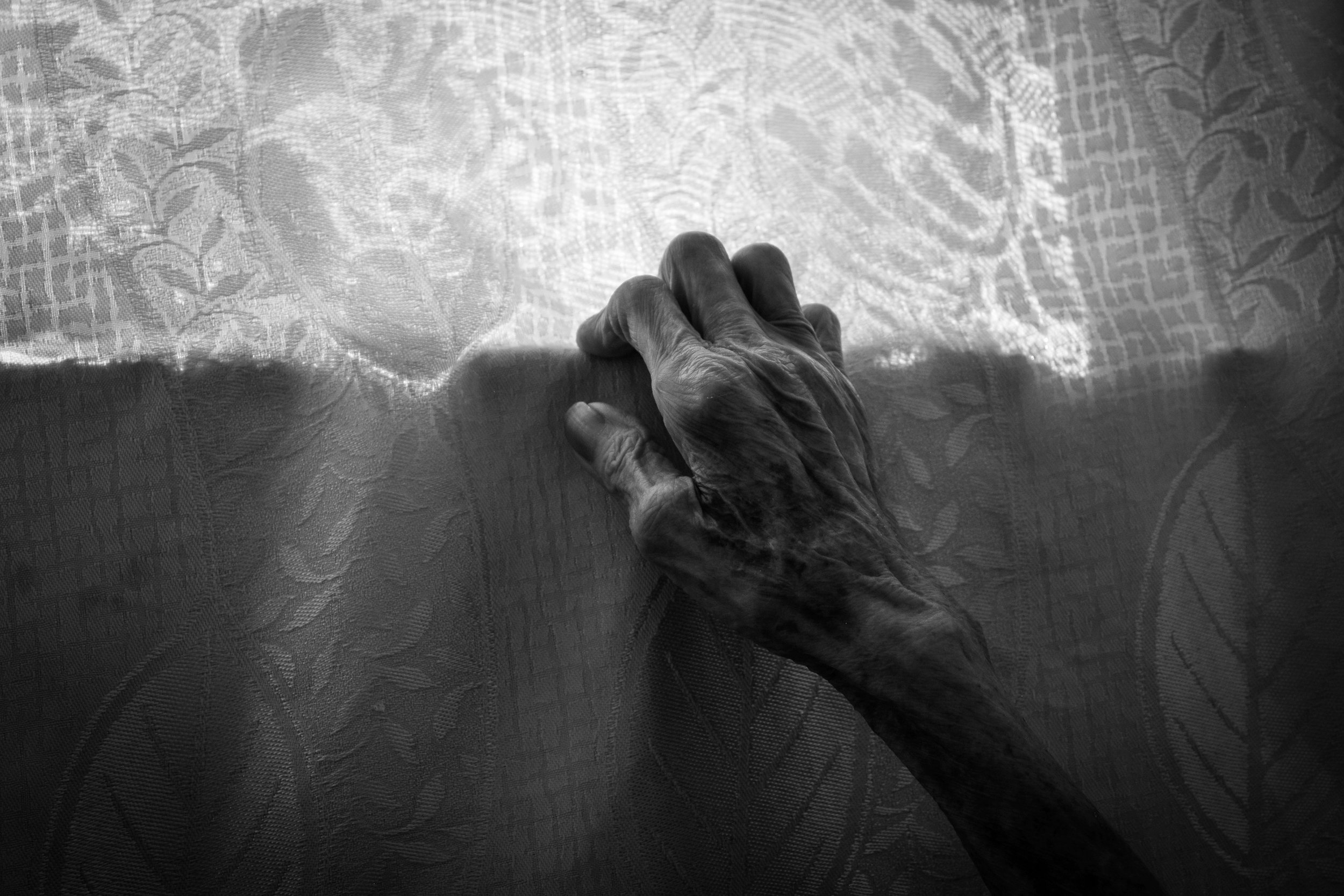
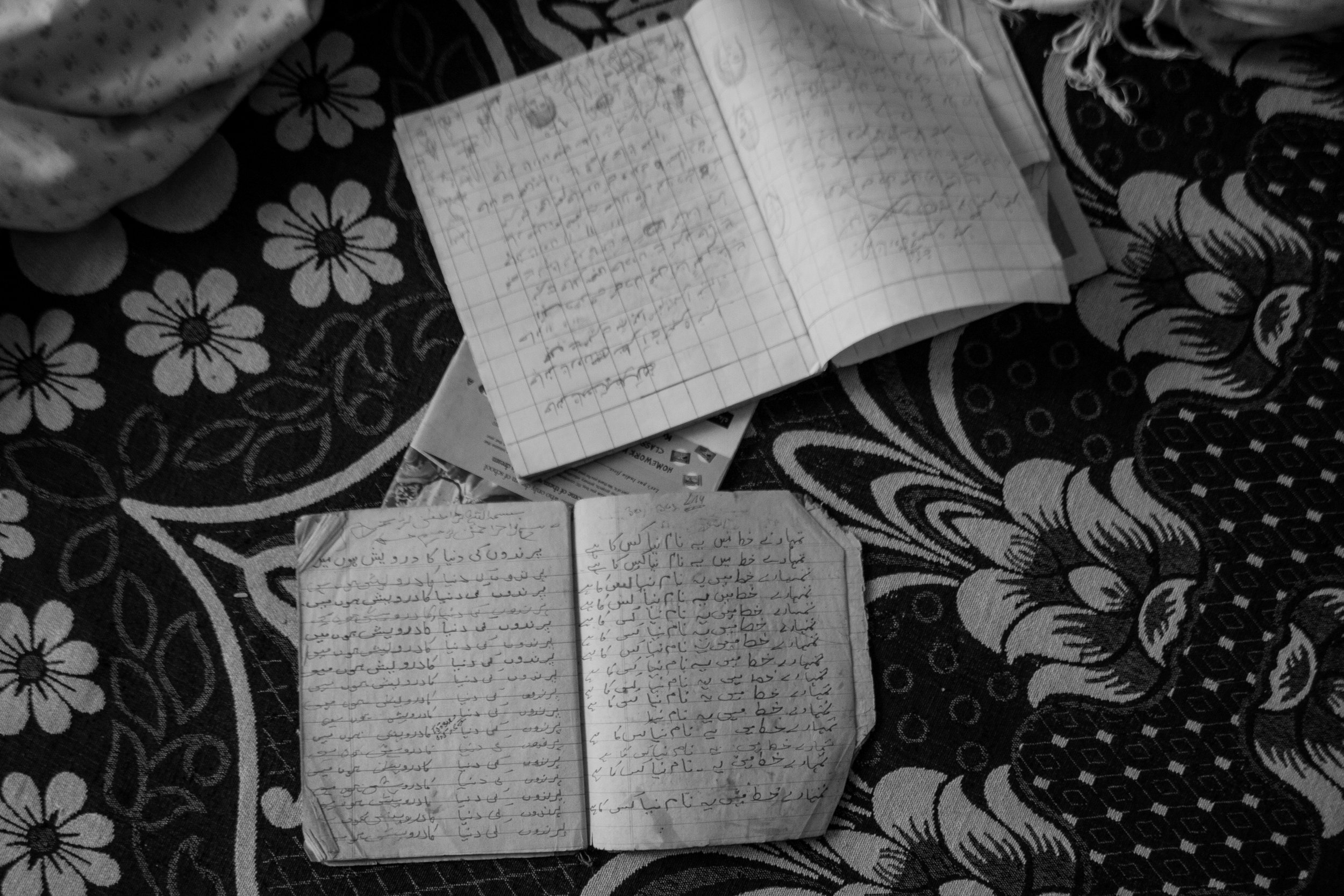
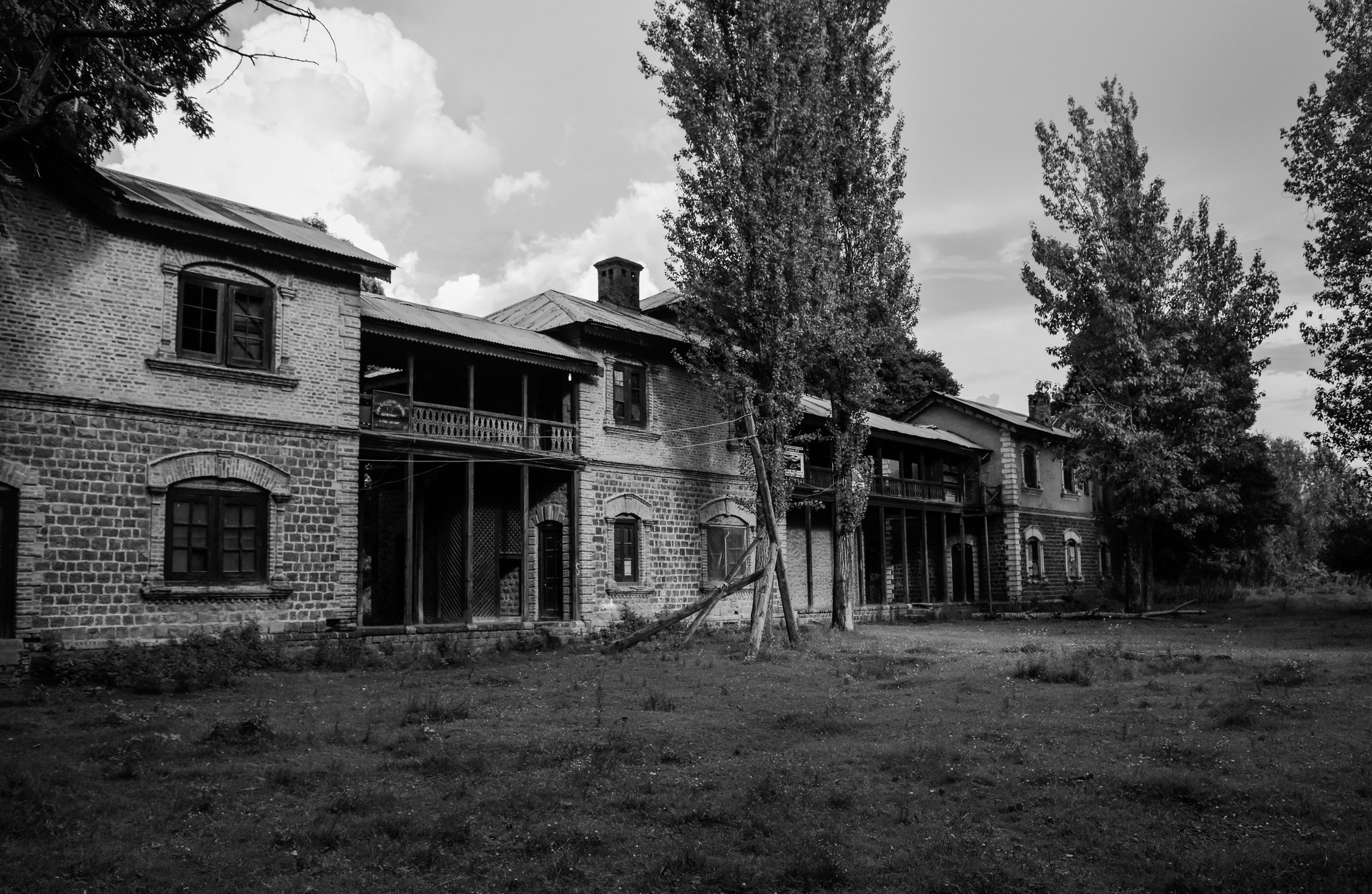
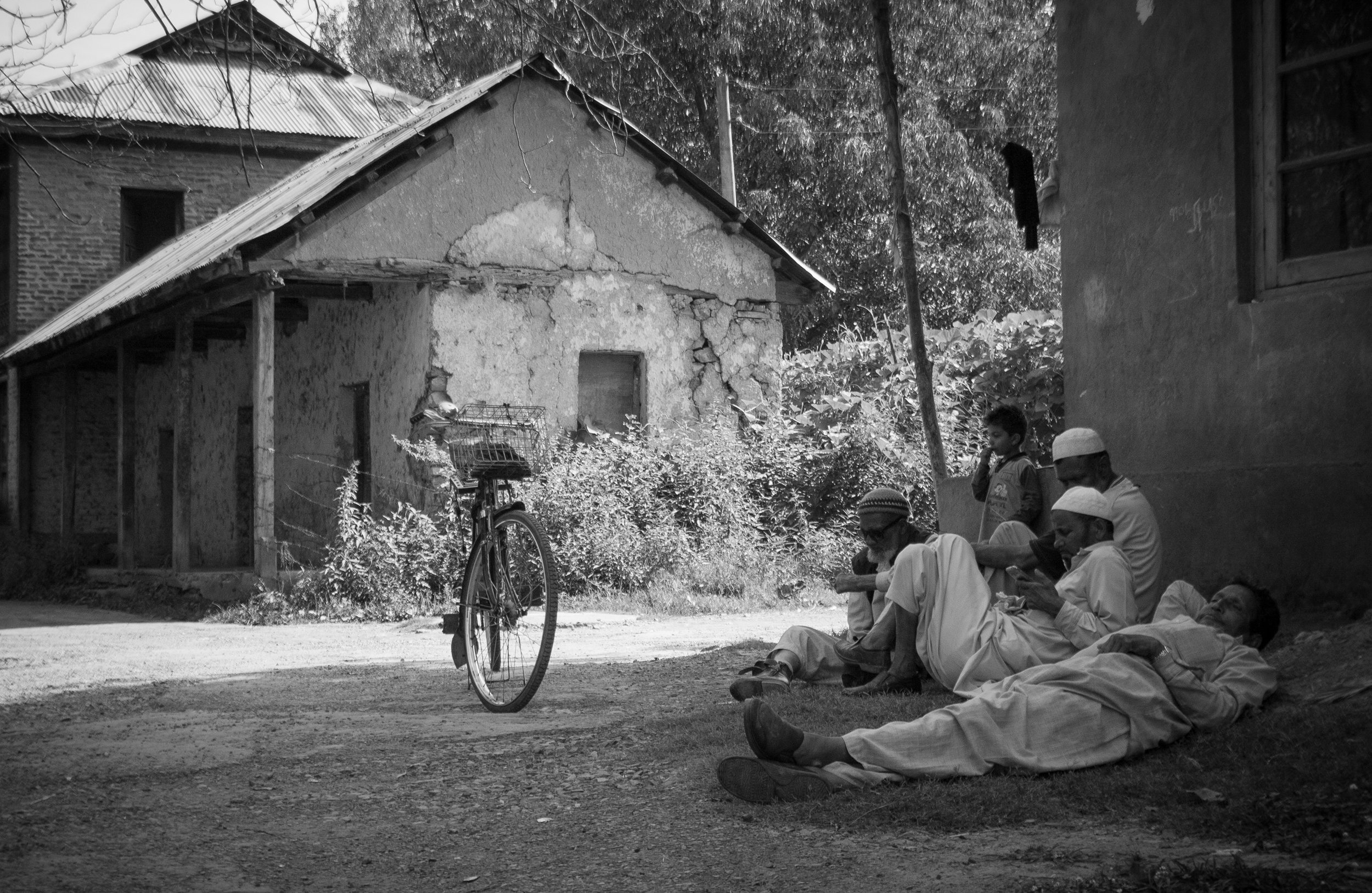
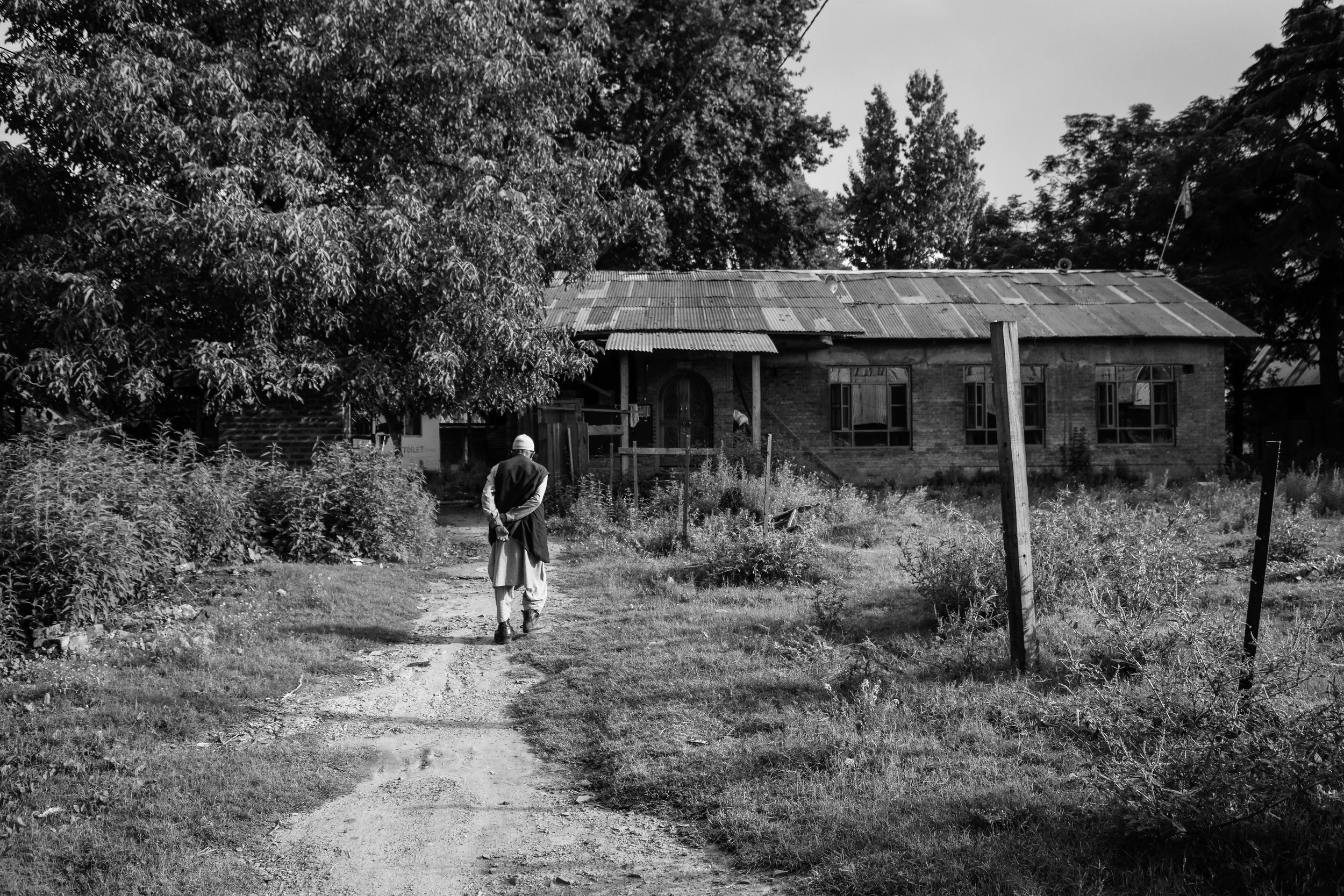
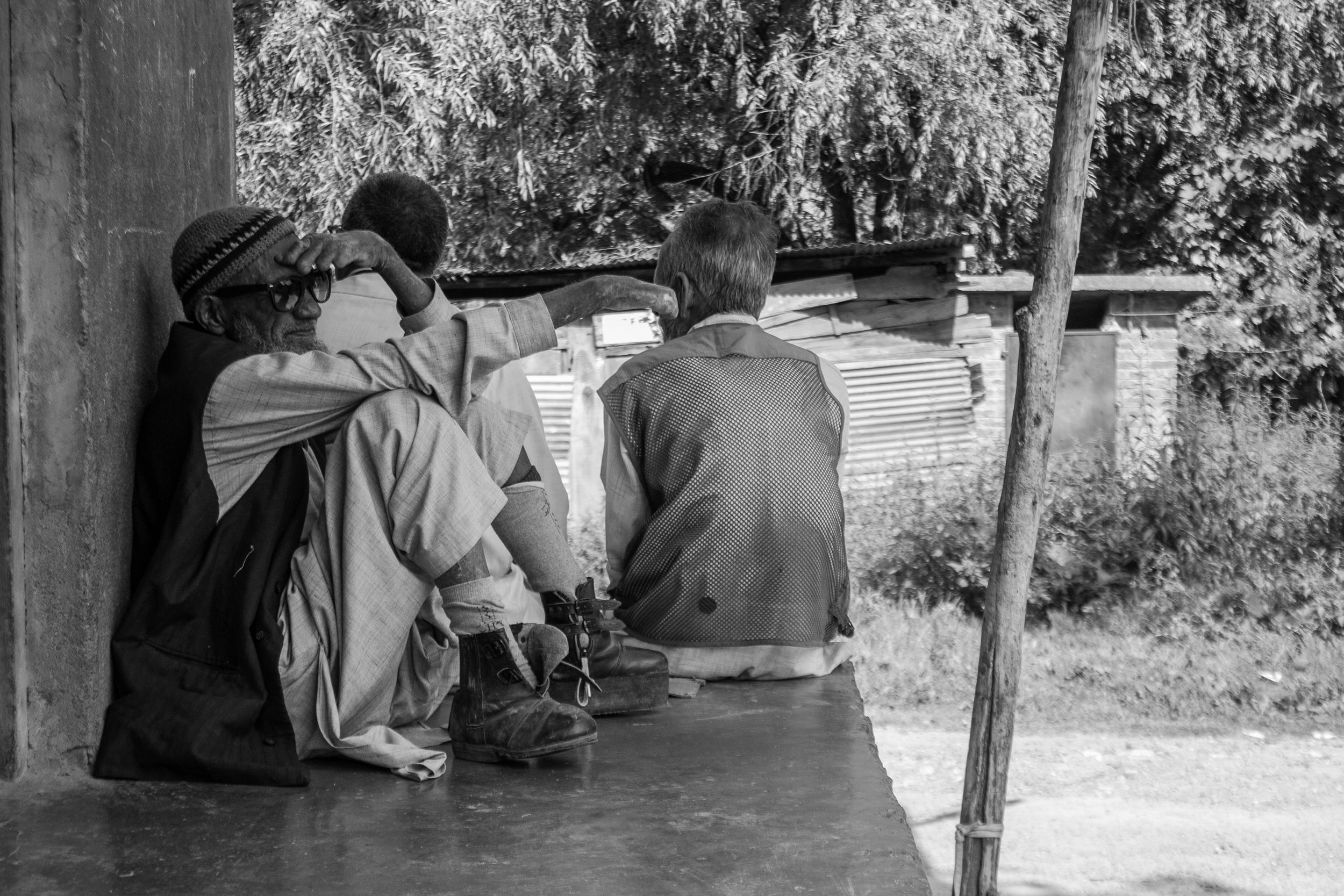
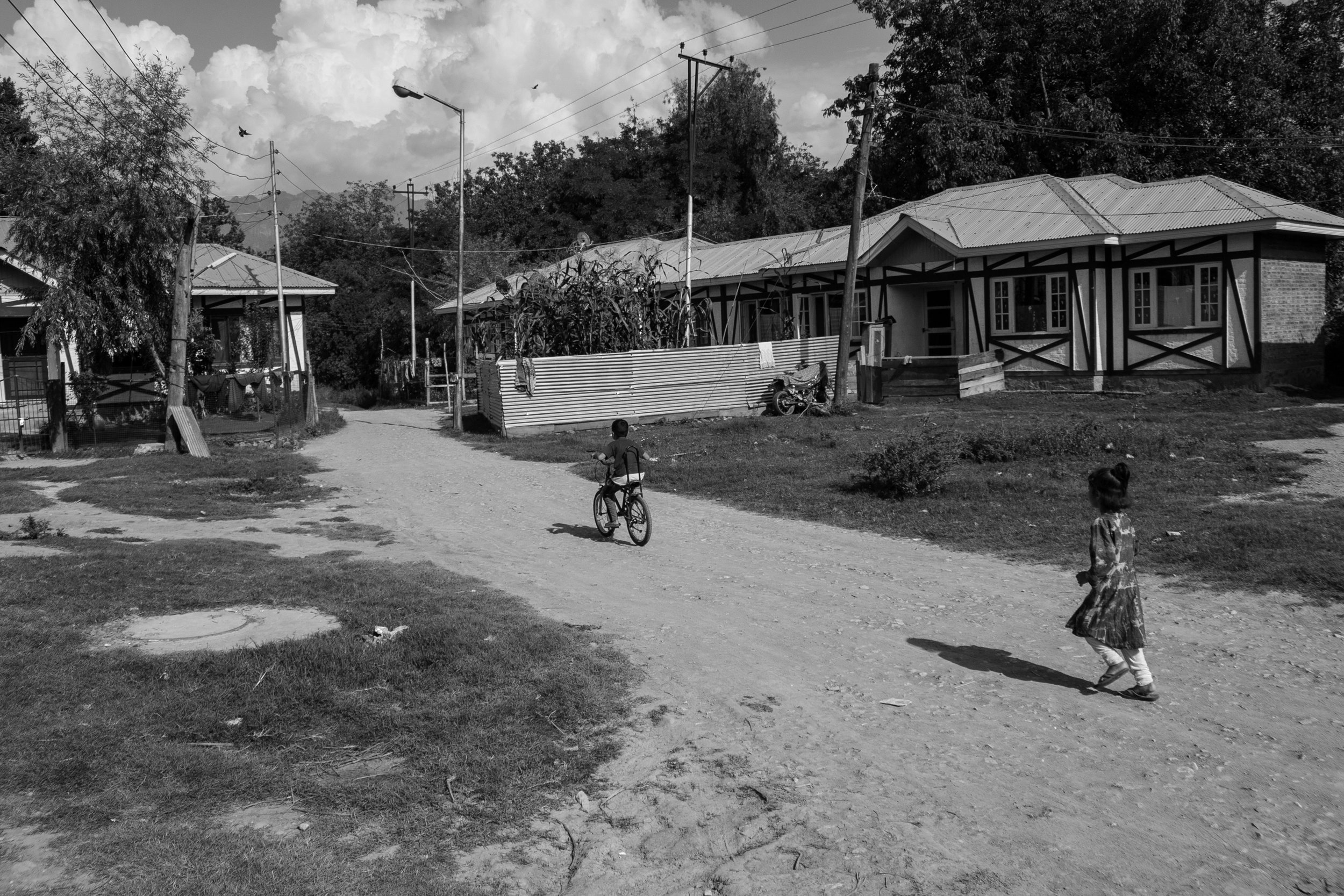
By Faisal Magray
Faisal Magray is a freelance multimedia journalist from Kashmir, a northern Indian state. Magray came to learn about the Srinagar leper colony through one of his relatives living in the same area. On his many visits, he was welcomed by the inhabitants who shared their stories with him. During this time, he found that the people there described similar experiences with the common themes of disease, poverty, and prejudice. Magray found ‘blind lepers’ to be among the worst sufferers. With the permission of his subjects to interview and photograph them, he decided to direct his efforts toward a project that might be helpful in raising awareness to overcome the social stigma they face. Despite being marginalized, the people in the colony have formed incredibly strong bonds and have made it their home.
Situated on the banks of Nigeen Lake in Srinagar, Kashmir’s summer capital city, the Himalayan region’s only leper colony was established on sixty acres of land. Single-story apartments align themselves next to old huts and a hospital building. This settlement is distinct from every other settlement in Srinagar.
Mohammad Essa, 79, is a resident of this settlement. He remembers being married in his hometown in Kargil. He was happily living with his wife and two daughters until suddenly, his life changed when an innocuous-looking patch appeared on his face. Over time, the patch grew and turned into a painless lump. He ignored it for many years until one day, he visited a government hospital in Kargil, a town 200 kilometers away from Srinagar, to check the lump. His doctor diagnosed him with leprosy and the news shattered him.
“I don’t remember the year exactly, but the doctors at the hospital told me that there is no treatment for this disease,” said Essa. “They said I would have to quickly move to Srinagar Leprosy Hospital.”
As his family members and the village elders learned about his disease, they forced him to move out of his home and into the Srinagar leper colony.
“I was brought here by my family members,” he said. “They never came to see me again.”
Essa has lived in the leper colony for the past forty years. Nowadays, he sits near the door of his newly allotted quarter. He wears oversized clothes, holds a wooden stick in his hand, and talks with a smile on his face.
“In the early 2000s, my leprosy was treated with a multi-drug therapy, but due to complications, I lost vision in both my eyes,” Essa said.
Essa’s room is simple. He has a bed, clothes hanging on the wall, and utensils lying on the floor. Essa can’t see anything. His blindness was sudden, unexpected, and horrific. He said it left him feeling totally alone, often causing him to break down in tears. But now, after so many years, he has learned to live with it.
After years of living alone, he met Shakeya Bano, another leper in the colony. The two decided to marry. Bano is timid and has one eye, the other covered with a scarf. Essa spoke and said that Bano is everything to him and that they live happily. He sees the world through her eyes.
Initially, only a few patients registered at the colony, but as the years went by, Srinagar became a community for residents who were shunned by society. According to local records, there are 100 people living in Srinagar. However, members say that the figure hovers more closely around 250, including their families. The colony is home to three generations living side-by-side.
Shukur Ali, 84, is the oldest among the male patients. He arrived at the colony five decades ago. Despite being blind, he continues to wear spectacles, believing one day he might be able to see again. He spends his time listening to the voices on the radio that echo through his room.
“I was 20 when I was diagnosed with leprosy. I had some brownish patches on my forehead and the doctor told me it was leprosy,” said Ali. “My family was forced by the villagers to throw me out. Leprosy was considered to be infectious and people were afraid of the disease.”
Ali said he still remembers the painful journey from Kargil to Srinagar.
“There was no transportation available from Kargil to Srinagar because the road was still under construction,” Ali said. “I still remember taking a lift from an army vehicle and being dropped off at the Drass sector. There, I boarded another army vehicle up to Sonamarg. Once I reached Sonamarg, I took a government bus and paid the bus driver three annas up to Srinagar. It took me around nine days to reach Srinagar from Kargil.”
Sometime after he arrived at the colony, Ali married Fatima Banu and Banu became Ali’s late second wife. Her photograph can be seen hanging on one of the wooden shelves in his room.
“We lived together for fifteen years,” Ali said. “She died some years ago. I miss her every second. She was the only one who supported and loved me. I only spent fifteen years with her, but that was the most beautiful period of my life.”
There is still stigma attached to leprosy in this province, despite advancements in treatment and social awareness. In the early 2000s, admission to the colony stopped after leprosy was declared completely treatable. Yet, there were still others who joined the leper colony.
Mukhti was 16 years old when she was diagnosed with leprosy. People in her village immediately shunned her and told her parents that she had to leave. As she was telling her story, she sat quietly in her allotted quarter and kept moving her hands. Her leprosy is clearly visible on her long brown nails. She, too, has lost vision in her eyes.
“I am from Machil, which is 200 kilometers away from Srinagar,” Mukhti said. “I was very young when I came to Srinagar with my brother for treatment. He admitted me to this hospital and told me that the treatment will take some time. I remember him saying, ‘I will keep on coming.’ My brother used to visit, but after my parents died, my other family members completely abandoned me.”
Mukhti is the oldest female in the colony at 80 years old. She is also paralyzed.
Although there are lepers who have received treatment, society continues to shun them, forcing them to live as outcasts. India has an estimated 1,000 leper colonies that are home to hundreds of thousands of people. Conditions in the colonies vary enormously and the Kashmir leper colony, where more than a hundred families live, has been known for its better living conditions.
The myths, socio-cultural beliefs, stigma, and lack of awareness attached to leprosy continue to take a toll on the patients. Even cured lepers shoulder a heavy emotional burden, perpetually ostracized by society.